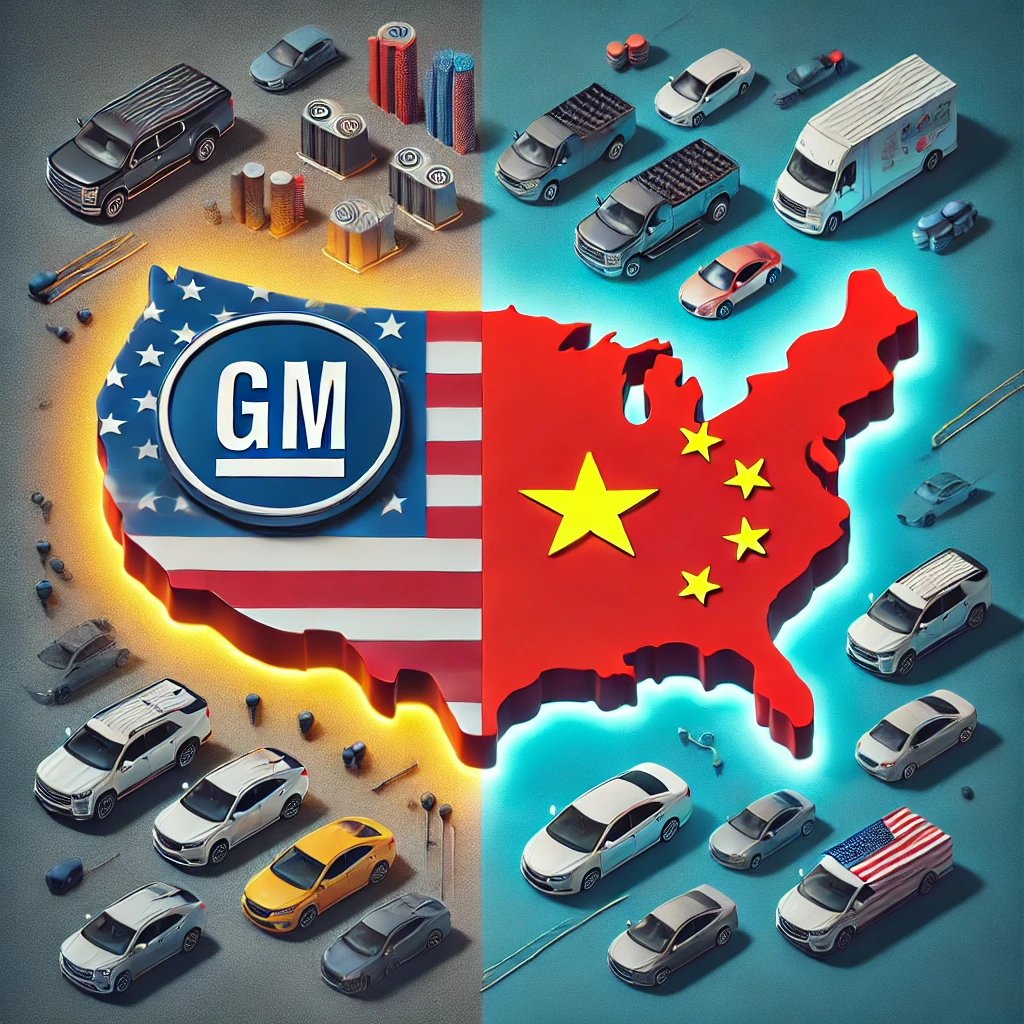
General Motors (GM), a leading American automaker, is confronting significant financial challenges in China, the world’s largest automotive market. The company plans to absorb over $5 billion in write-downs and restructuring costs due to intense local competition and shifting consumer preferences.

Financial Impact
GM announced a write-down of up to $2.9 billion for its joint venture with China’s state-owned SAIC Motor Corp., reflecting a nearly 50% reduction in its value. Additionally, GM expects to incur $2.7 billion in restructuring charges, which include plant closures and a streamlined vehicle lineup. These noncash charges will affect GM’s net income but not its adjusted pretax earnings.

Challenges in the Chinese Market
Historically, GM’s Chinese operations contributed approximately $2 billion annually to its bottom line. However, in the first nine months of this year, the company reported a $347 million loss in China.

This downturn is largely due to the rise of domestic automakers like BYD, which offer affordable and technologically advanced electric vehicles (EVs) that have captured significant market share. Chinese consumers have rapidly adopted EVs and plug-in hybrids, outpacing the offerings of traditional foreign automakers.

Strategic Response
In response to these challenges, GM is implementing restructuring actions aimed at returning its China operations to profitability by 2025. These measures include closing underperforming factories, reducing the number of models offered, and focusing on more upscale and electric vehicles. GM’s Chief Executive, Mary Barra, emphasized the company’s commitment to making its Chinese business sustainable and profitable, despite the competitive environment.

Broader Implications
GM’s situation reflects a broader trend among foreign automakers in China, including BMW, Mercedes-Benz, Toyota, and Nissan, all of which are facing increased competition from local manufacturers. The aggressive strategies of Chinese companies, prioritizing market share over profitability, have intensified price wars, making it challenging for foreign brands to maintain their market positions.

Future Outlook
Despite current setbacks, GM remains committed to the Chinese market. The company plans to introduce new models tailored to local preferences and invest in electric vehicle technology to align with China’s rapidly evolving automotive landscape. GM anticipates that its restructuring efforts will lead to improved financial performance in China by 2025.

GM’s substantial financial charges and strategic restructuring underscore the challenges and opportunities within China’s dynamic automotive market. The company’s ability to adapt to local consumer demands and compete with emerging domestic brands will be crucial for its future success in the region.





